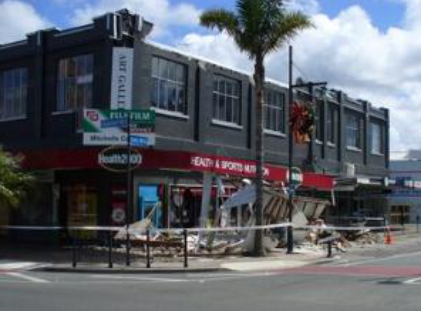1 Professor, School of Civil, Environmental, and Mining Engineering, The University of Adelaide, Adelaide, SA, 5005, Australia, mcgrif@civeng.adelaide.edu.au
2 PhD Candidate, School of Civil, Environmental, and Mining Engineering, The University of Adelaide, Adelaide, SA, 5005, Australia, lmoon@civeng.adelaide.edu.au
3 Associate Professor, Department of Civil and Environmental Engineering, The University of Auckland, Auckland, 1010, New Zealand, j.ingham@auckland.ac.nz
4 Post-doctoral fellow, School of Civil, Environmental, and Mining Engineering, The University of Adelaide, Adelaide, SA, 5005, Australia, hossein.derakhshan@adelaide.edu.au
ABSTRACT
The city of Christchurch has experienced over 10,000 aftershocks since the 4th of September 2010 earthquake of which approximately 50 have been greater than magnitude 5. The damage caused to URM buildings in Christchurch over this sequence of earthquakes has been well documented. Due to the similarity in age and construction of URM buildings in Adelaide, South Australia and Christchurch (they are sister cities, of similar age and heritage), an investigation was conducted to learn lessons for Adelaide based on the Christchurch experience. To this end, the number of URM buildings in the central business districts of both cities, the extent of seismic strengthening that exists in both cities, and the relative earthquake hazards for both cities were considered. This paper will report on these findings and recommend strategies that the city of Adelaide could consider to significantly reduce the seismic risk posed by URM buildings in future earthquake.
KEYWORDS: Adelaide, Canterbury, earthquake, seismic risk, unreinforced masonry
231.pdf



